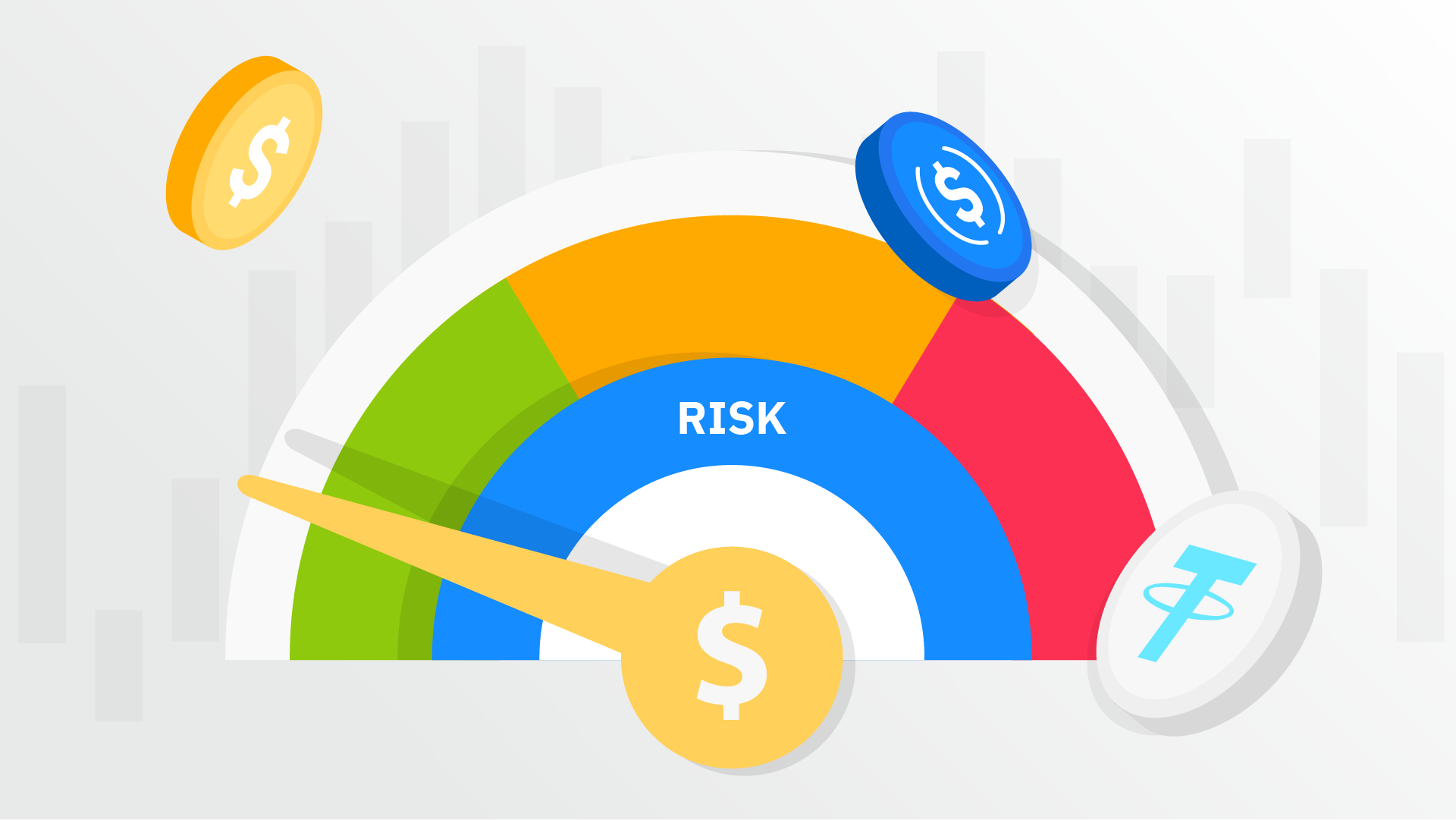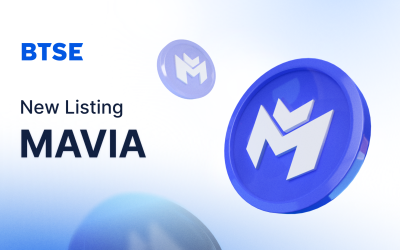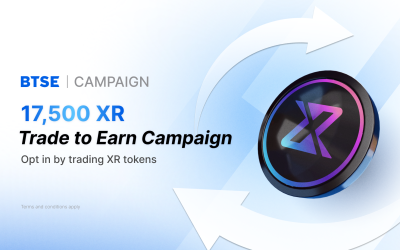The thrill from trading highly volatile cryptocurrencies may not be for everyone. For those erring on the side of cautious but steady growth, there’s the low-risk portfolio.
Investors who are new to crypto or nervous about investing in such a volatile market can acclimate themselves to the vagaries and excitement of the market by putting together a low-risk crypto portfolio.
The low-risk crypto portfolio can still produce a good return on investment (ROI), even if returns are likely to be lower than the potentially high returns from trading tokens that skyrocket in value and then plummet just as quickly.
Investing Strategies
When entering the market and putting together your portfolio you should first decide what kind of strategy you want to use to develop your portfolio. Two strategies work well for people who want a low-risk crypto portfolio: staking and arbitrage.
Staking
Staking can be a great way for crypto investors to earn low-risk rewards and grow one’s portfolio while remaining net long on their crypto assets. It allows for cryptos to be contributed to a staking pool and used by a validator of your choice to qualify as a node operator. To help users bypass the operational hassles, staking is available as part of BTSE’s Earn feature.
You earn income on the percentage of tokens contributed to the staking pool when the node operator verifies transactions and receives rewards from the blockchain. It is important to note that you may not be able to unstake your tokens at just any time. So, if the value of the token suddenly spikes or falls, you will have to wait until the staking pool releases your tokens before you can trade them.
Arbitrage
Arbitrage is another way to create a low-risk portfolio. In arbitrage, crypto investors take advantage of the price discrepancies between two or more crypto exchanges. When crypto traders find that a token is selling for different prices on two different exchanges, they can buy them at a lower price and then sell them at a higher price. If crypto investors buy and sell large amounts of tokens, a small price difference can result in huge profits. The key to this trading strategy is to identify the trading opportunity and then take advantage of it quickly before the price disparity disappears.
This trading strategy requires you to become familiar with more than one crypto platform and carefully watch the token prices on each platform. Moreover, the trader must complete the trades before the prices change. The price disparity will eventually disappear as the markets balance themselves and reach equilibrium. The downside is that if the total market value of your tokens is low, your profit from arbitrage will not be impressive or significant.
Portfolio Management
Limiting Risk
You can limit your risk in the crypto market by investing in crypto assets that have low volatility and price fluctuations. While your ROI will be low, you will not have to worry about any sleepless nights or losing your shirt. Low-risk investments minimize your losses, protecting you against downturns in the market.
Diversification
Limiting your risk is more than just picking low-risk investments. It also includes creating sub-portfolios with different levels of risk. So you could have one portfolio with extremely low-risk tokens (e.g. stablecoins) and another sub-portfolio with higher-risk tokens (e.g. payment tokens). Other ways to diversify your portfolio include investing in different industries, locations (USA, Europe, Asia), newly launched blockchains and cryptocurrencies, privacy coins, and mixing traditional investments with crypto investments.
The key to setting up your portfolio is to determine your risk tolerance, decide how many sub-portfolios you want to maintain, and structure your investments so they reflect your strategy. For example, a very conservative crypto investor who wants an extremely low-risk portfolio should heavily invest in asset-backed stablecoins. Furthermore, their more adventurous holdings may be limited to utility tokens that have high trading volumes or high market values.
Low-Risk Crypto Assets
Stablecoins
Stablecoins are coins with values that are pegged to something else. Their values can be pegged to fiat currency (e.g. USD, EUR, JPY), natural resources, real estate, gold, or an algorithm. The low volatility and price fluctuations of stablecoins mean that their ROI is low, but they are highly liquid, fairly stable, and any losses from them are likely to be quite small. Stablecoins that are actively traded are Tether (USDT), USD Coin (USDC), Binance USD (BUSD), and TerraUSD (UST).
Utility Tokens
Utility tokens are tokens that are traded in exchange for goods and services. The tokens are directly connected to the goods and services that can be paid for with them. As long as the goods and services are in demand and of high value, the tokens have value and can increase in value over time. Notable utility tokens available for trading on BTSE’s spot market include Maker (MKR), Basic Attention Token (BAT), Chainlink (LINK), and 0x (ZRX).
Security Tokens
Security tokens are tokens that derive their values from securities. For example, there are debt tokens, equity tokens, tokens representing bonds, and those that represent stakes in an enterprise. Other kinds of digitized securities include paintings, digitized artwork, intellectual property, artwork, and real estate. The key point is that these tokens have an underlying asset in the real world, and their value is tied to it. Some examples of security tokens are tZero, Documo, Polymath, Swarm, Blockchain Capital, Power Ledger, and El Petro.
Payment Coins
Payment coins are often used as a form of payment. They include some of the largest tokens, such as BTC, ETH and LTC, and are preferred by financial institutions, corporations, governments, and other large entities. They are becoming more and more popular with private businesses and traditional financial firms that have entered the crypto market and moved into decentralized finance. They can be volatile and have high price fluctuations, so they are not as low-risk as stablecoins.
Other Low-Risk Crypto Investments
For crypto investors who want something that is low risk and requires less work than HODLing and arbitrage, there are crypto exchange-traded funds and index funds. These investments spread your risk amongst a large number of investments and over several investors. Many people like them because they do not have to do a lot of research on the market, select specific crypto tokens to invest in, or trade cryptocurrencies. The firms operating these investment vehicles do all the work for the investors.
Crypto Index Funds
Crypto index funds try to match the movement of the market that they were created to shadow. They will not outperform the market, but they provide some protection against market volatility because they follow more than one crypto token, and their composite indexes are focused on the leading crypto tokens.
Crypto Exchange Traded Funds
Crypto exchange-traded funds (ETFs) are bundled securities that track a specific index. They can be structured in different ways. For those new to cryptos, investing in crypto ETFs is one way to gain crypto exposure before entering the crypto market, without holding any tokens at all. It has a low barrier to entry and relatively lower risks. Moreover, there are different kinds of ETFs, and they are highly liquid.
All Things Considered
Creating a low-risk crypto portfolio can help dampen the effects of volatility and, therefore, also help investors ease into the crypto market. It offers a good entry-point approach to a stable, long-term investment that produces a conservative ROI with predictable growth while minimizing potential losses.
Our aim is to create a platform that offers users the most enjoyable trading experience. If you have any feedback, please reach out to us at feedback@btse.com or on Twitter @BTSE_Official.
Note: BTSE Blog contents are intended solely to provide varying insights and perspectives. Unless otherwise noted, they do not represent the views of BTSE and should in no way be treated as investment advice. Markets are volatile, and trading brings rewards and risks. Trade with caution.






